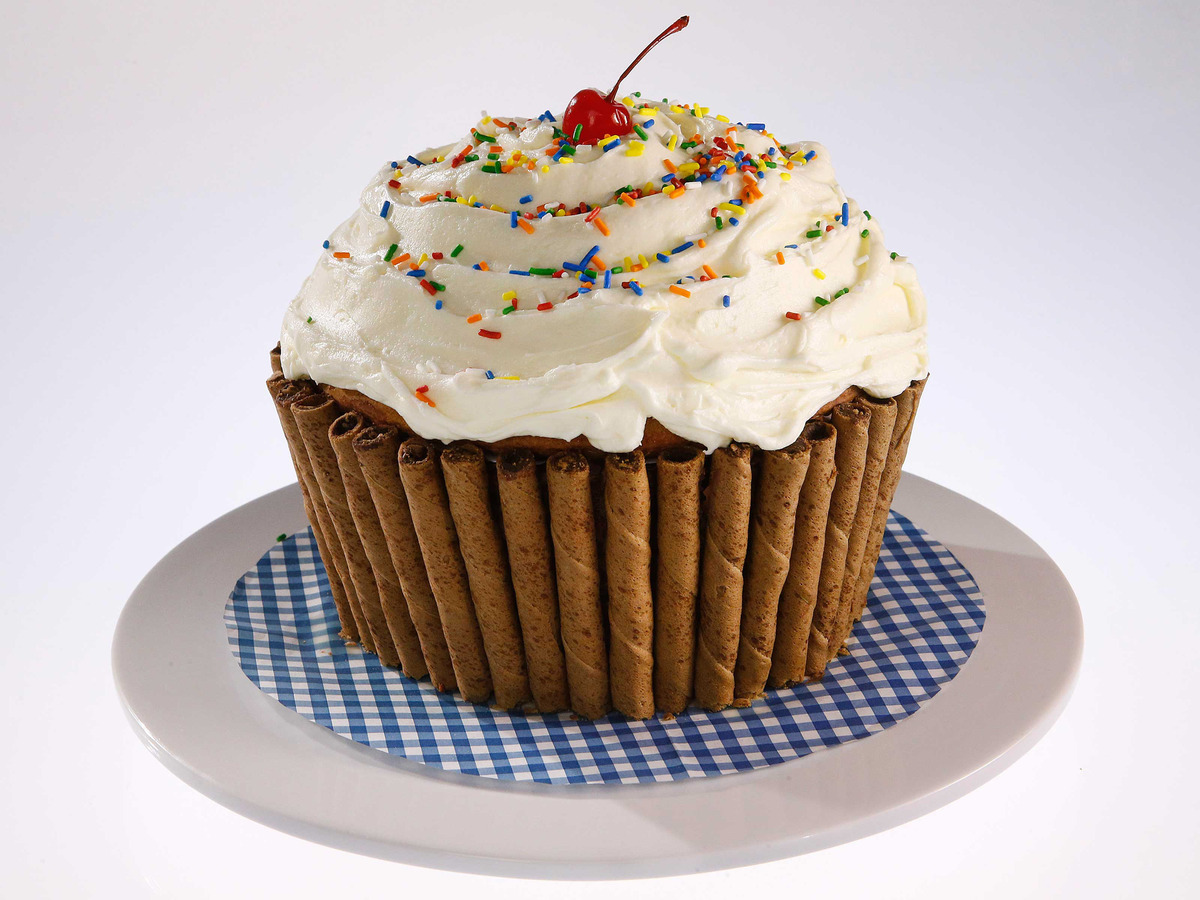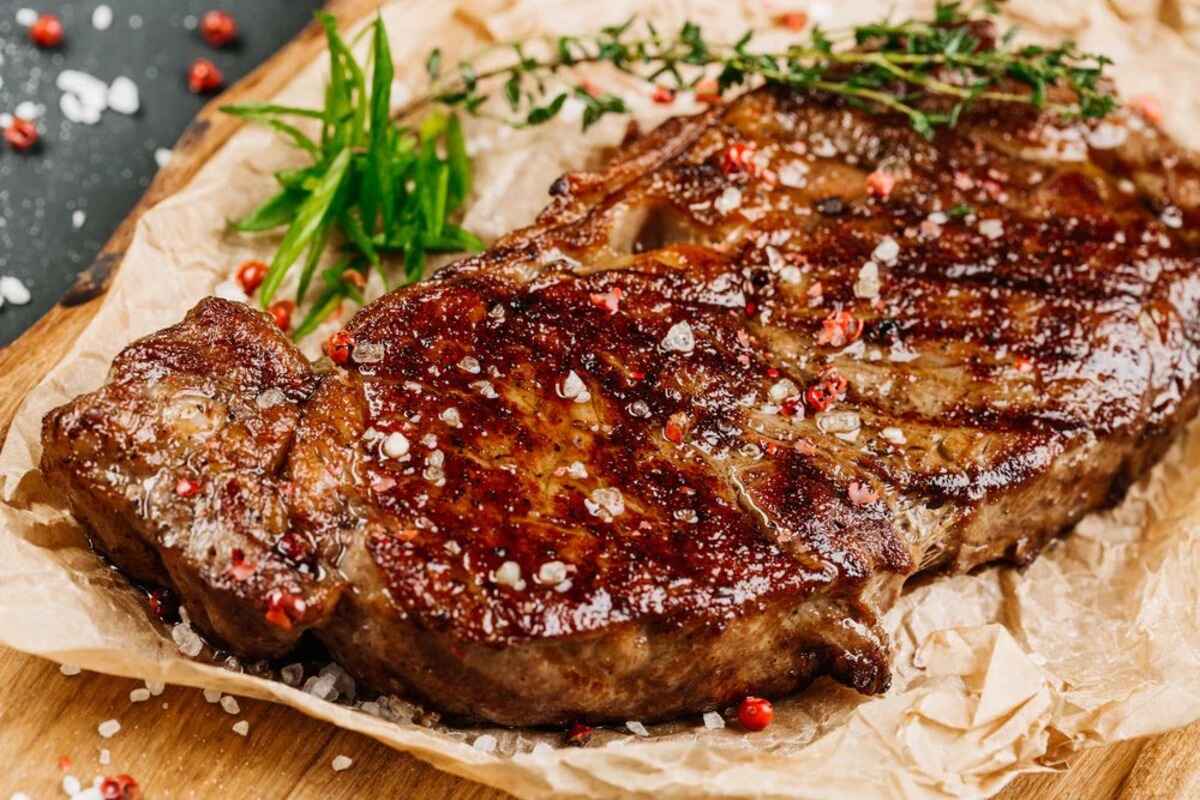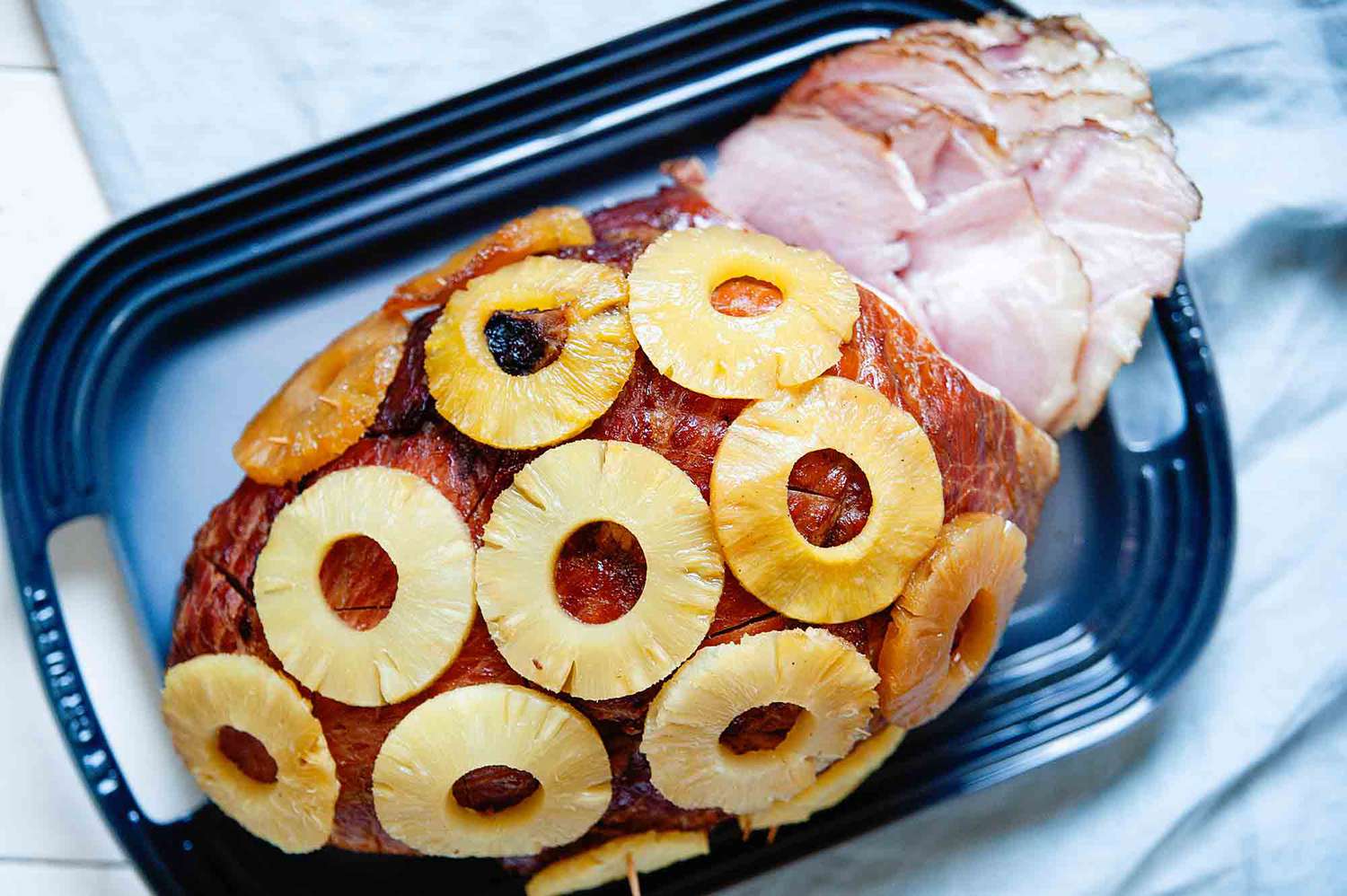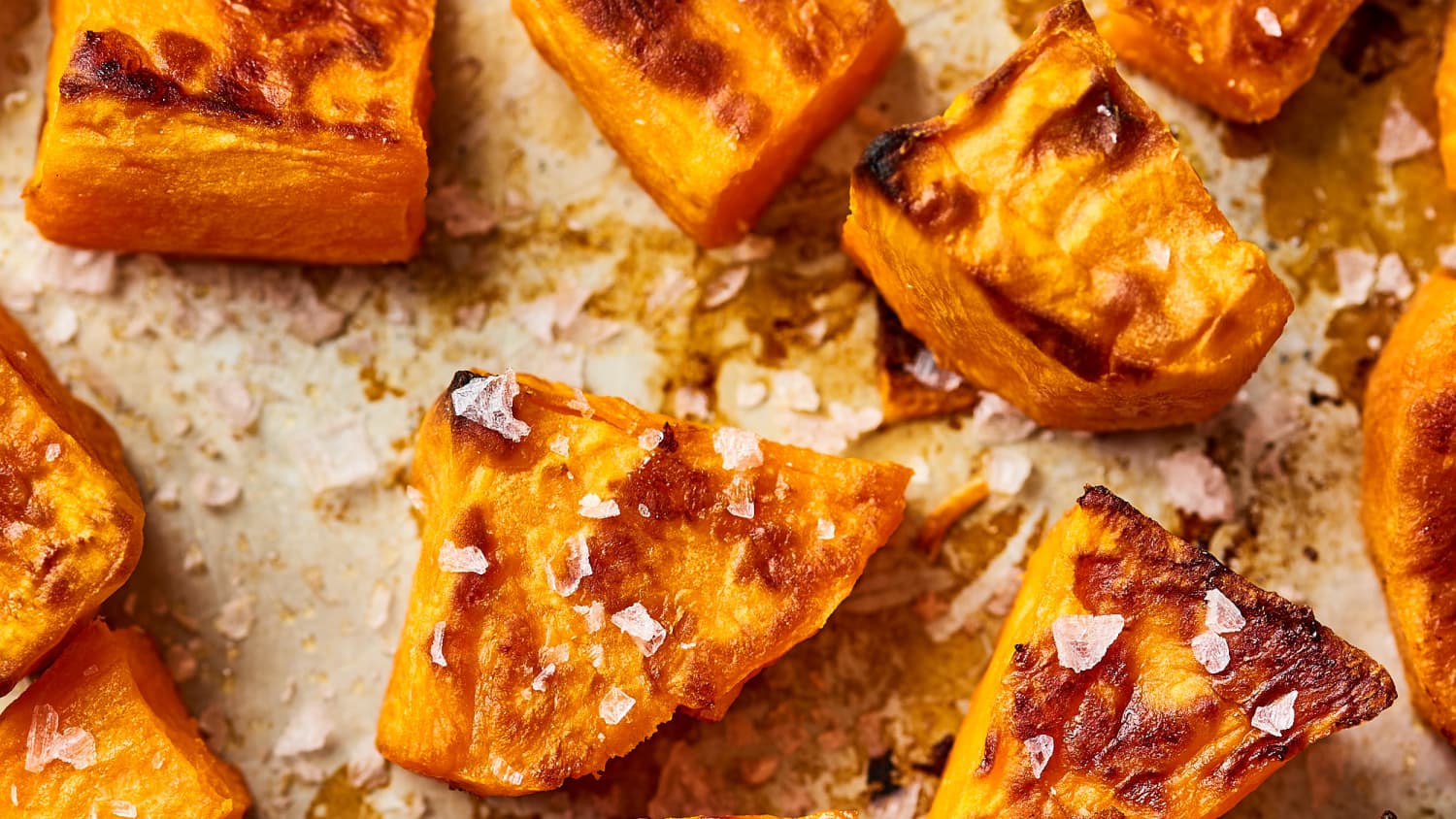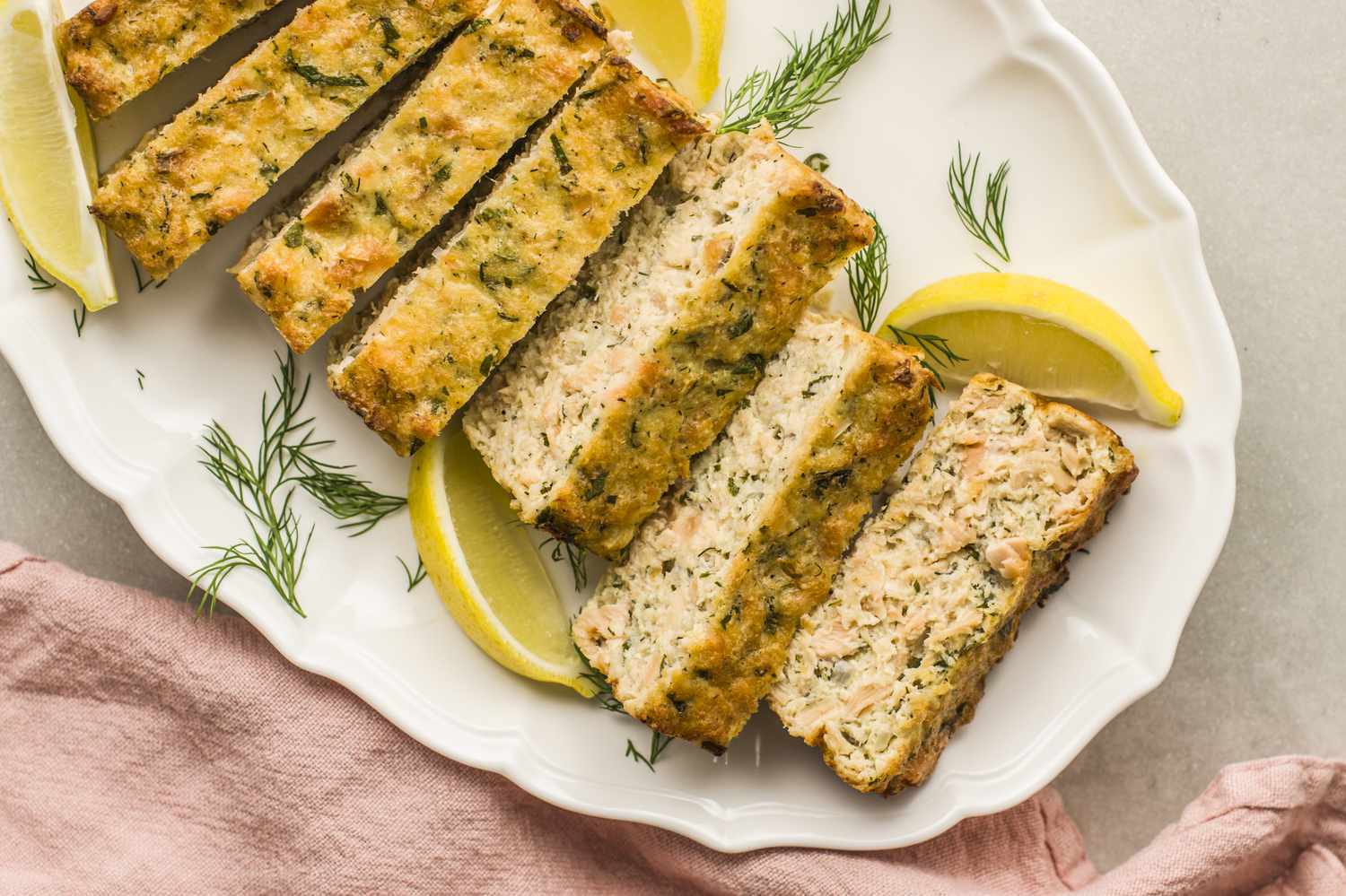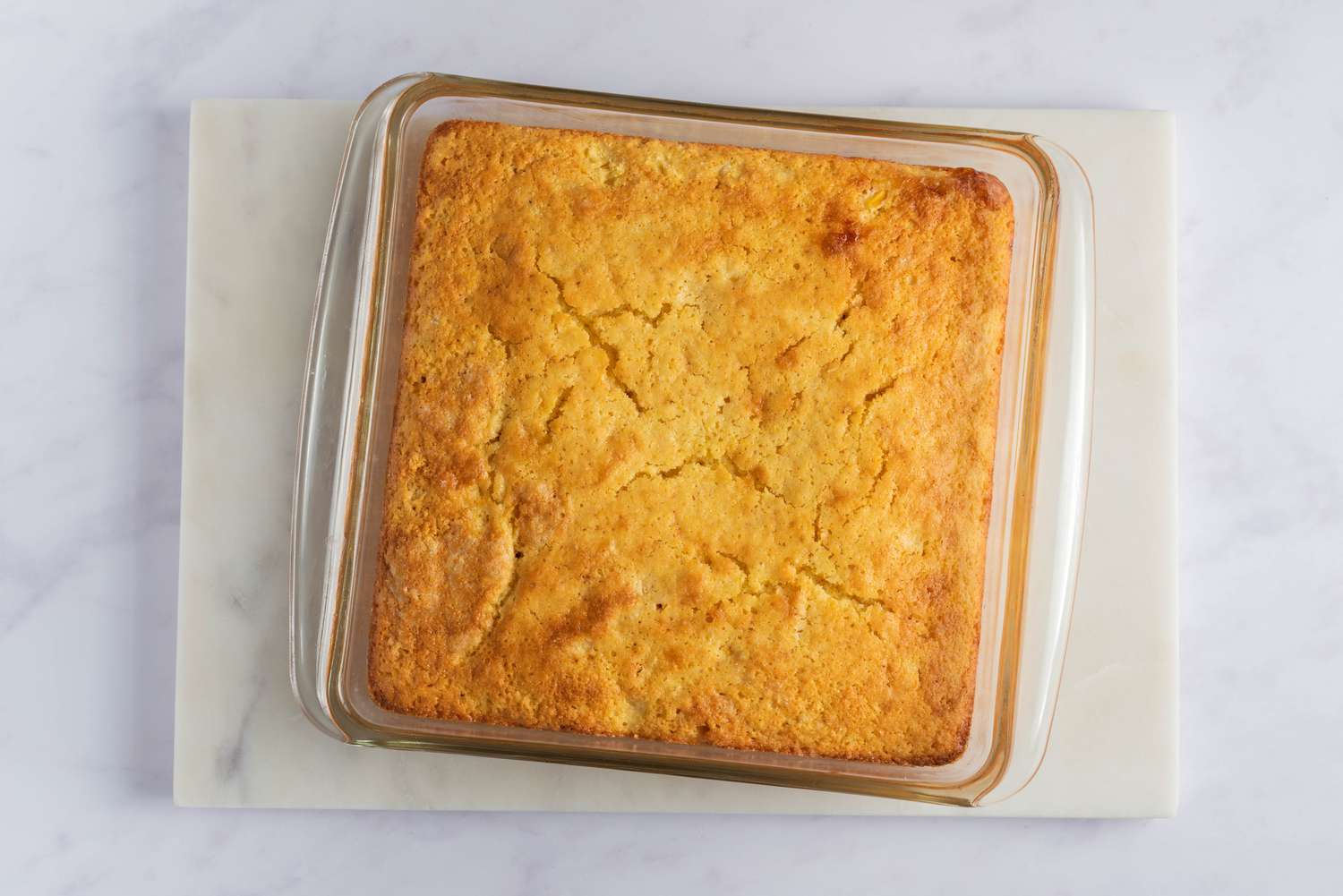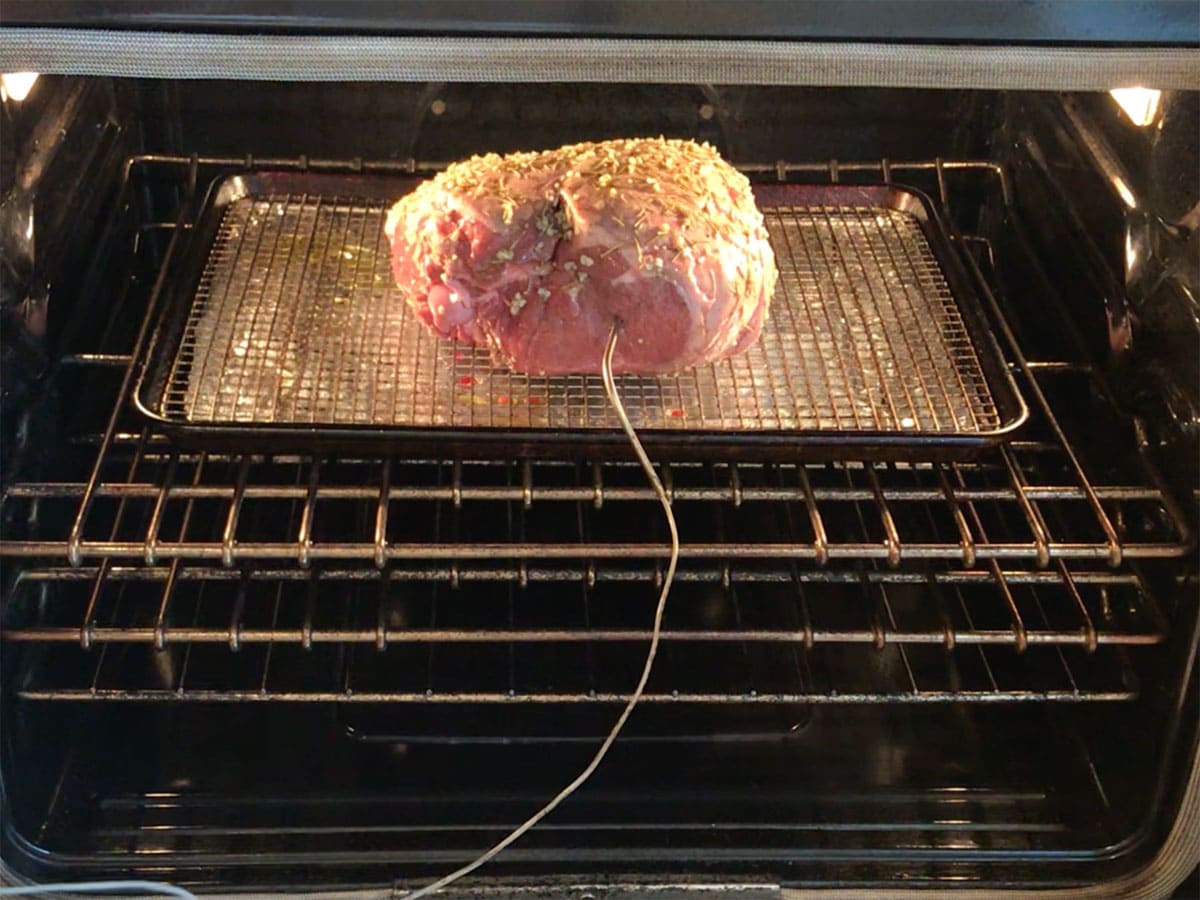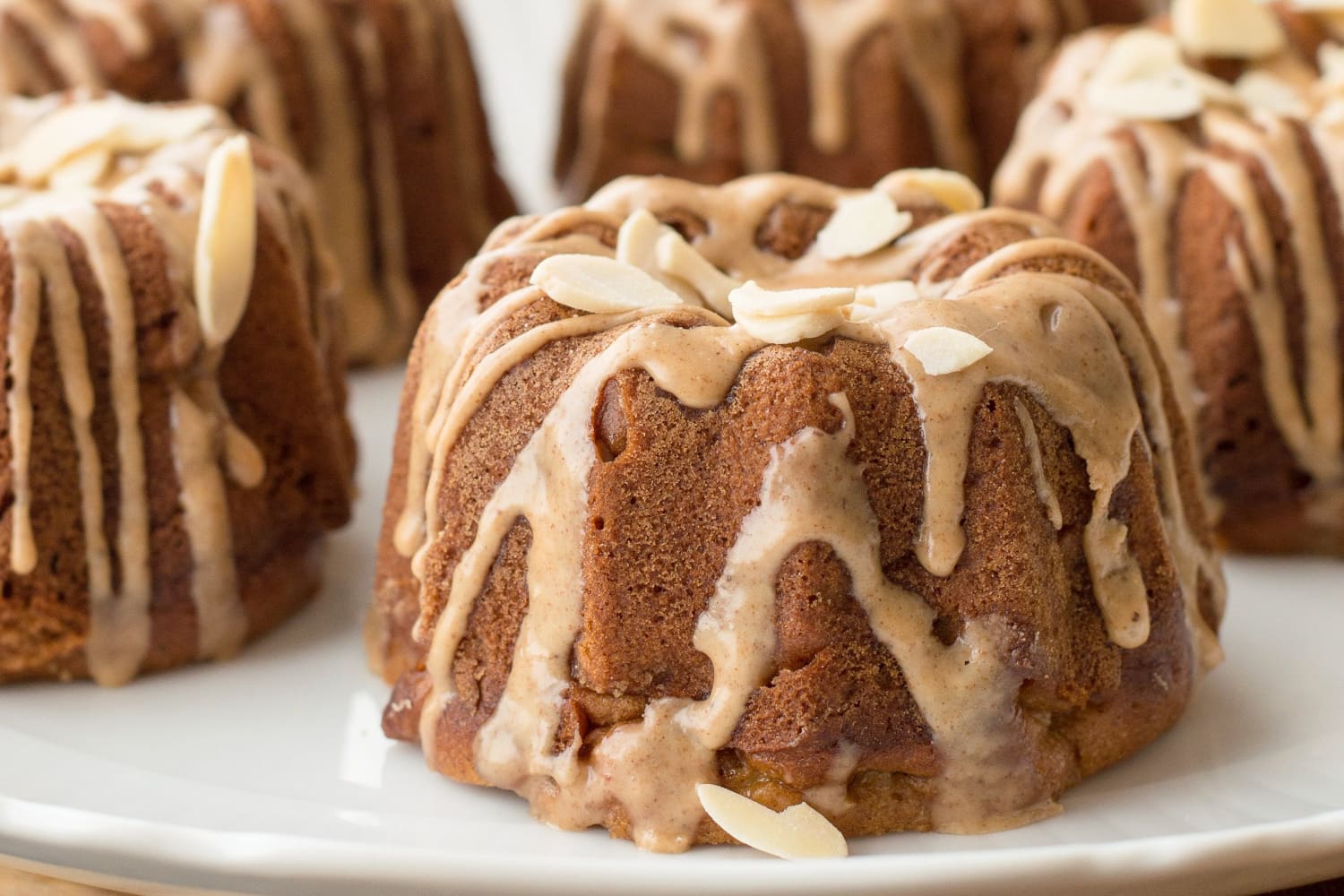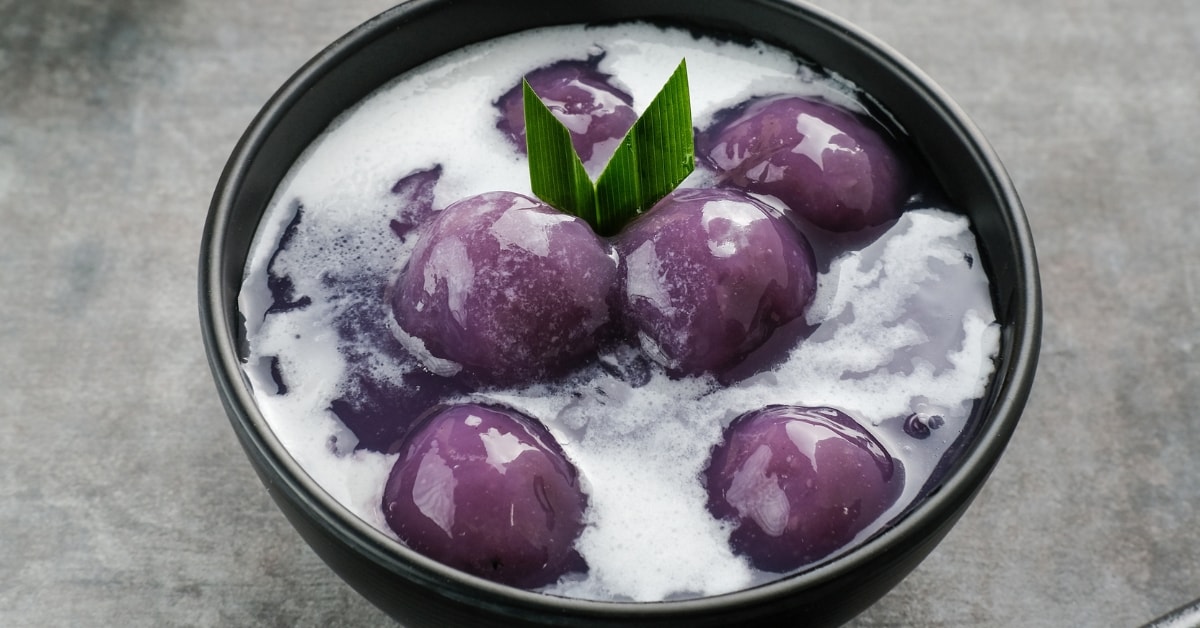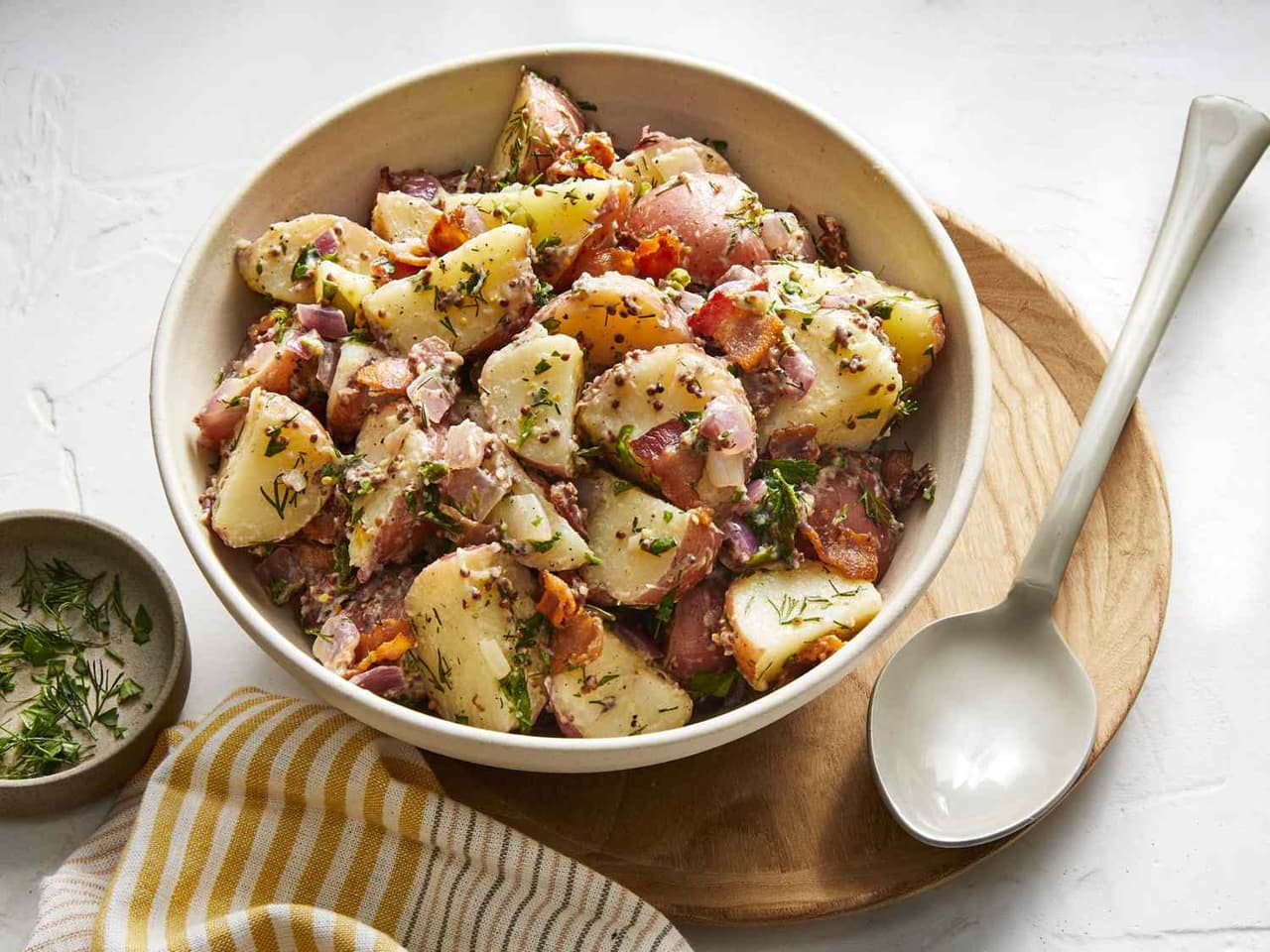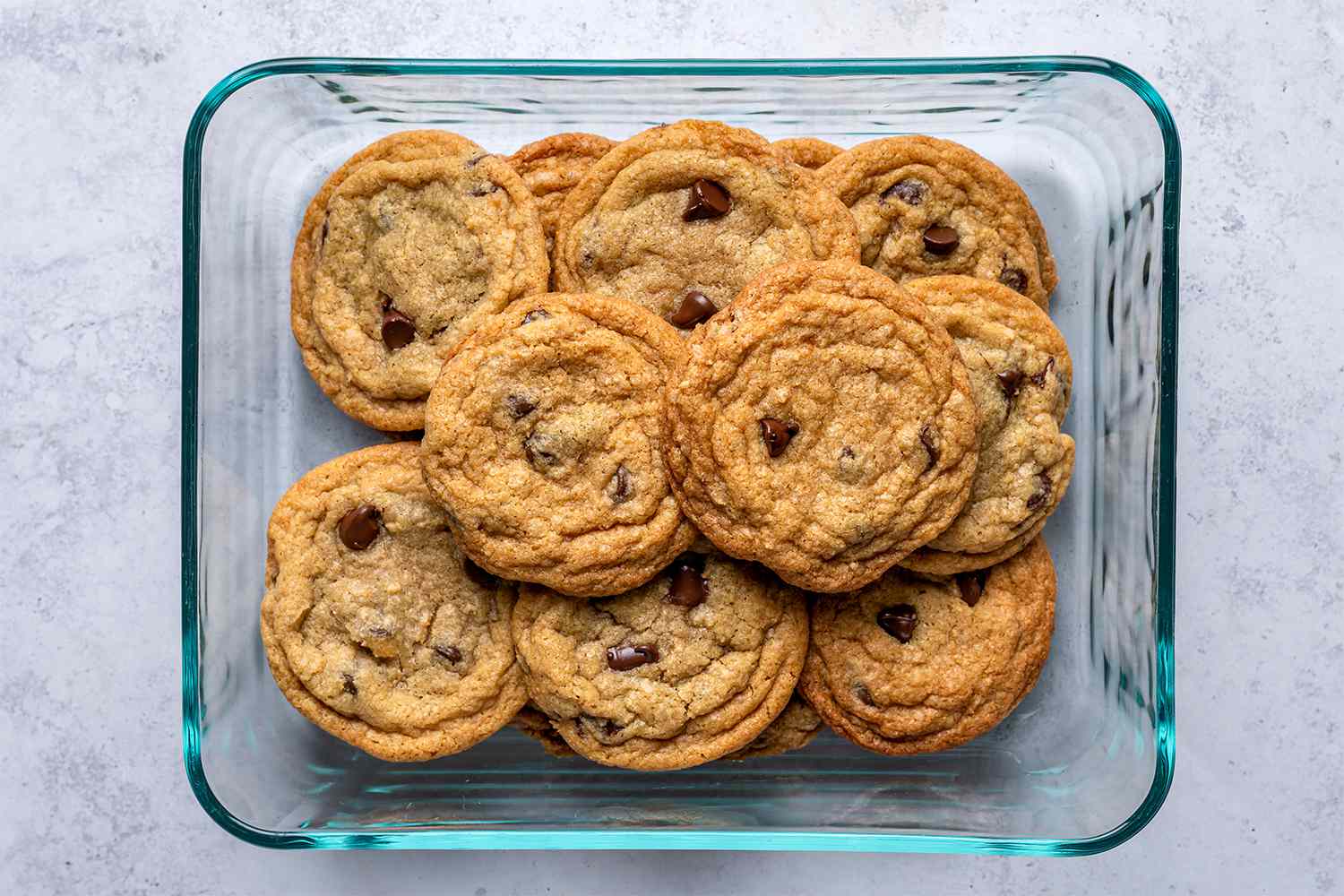Mastering the Art of Baking a Perfect Meringue Pie Crust at High Altitude
There’s nothing quite like the light and airy texture of a meringue pie crust. However, baking at high altitudes can present unique challenges. Fear not, as we’ve got you covered with some expert tips to help you achieve meringue pie crust perfection, even at high altitudes.
Understanding the Challenges of High Altitude Baking
Baking at high altitudes can be tricky due to lower air pressure and drier air. These conditions can affect the way ingredients behave, leading to potential baking disasters if not properly addressed. When it comes to meringue pie crusts, the challenges are even more pronounced, as the delicate nature of meringue requires precise conditions for success.
Key Tips for Baking Meringue Pie Crust at High Altitude
Here are some essential tips to help you navigate the challenges of high altitude baking and achieve a perfect meringue pie crust:
- Adjust Your Recipe: When baking at high altitudes, it’s crucial to make adjustments to your recipe. This may include reducing the amount of sugar or leavening agents to prevent the meringue from collapsing.
- Use Room Temperature Ingredients: Ensure that your egg whites and other ingredients are at room temperature before starting the meringue. This will help the meringue achieve the desired volume and stability.
- Beat the Egg Whites Properly: When whipping the egg whites, be sure to beat them to stiff peaks. This will create a stable structure that can withstand the challenges of high altitude baking.
- Adjust Baking Time and Temperature: High altitude baking often requires adjustments to the baking time and temperature. Keep a close eye on your meringue pie crust as it bakes, and be prepared to make adjustments as needed to prevent over-browning or undercooking.
- Consider Using Cream of Tartar: Adding a small amount of cream of tartar to the egg whites can help stabilize the meringue, especially at high altitudes where the air is drier.
Testing for Doneness
One of the most critical aspects of baking a meringue pie crust at high altitude is ensuring that it is properly cooked. To test for doneness, gently touch the meringue to ensure that it is firm and not sticky. Additionally, insert a toothpick into the crust to check for any signs of undercooking.
Final Thoughts
Baking a meringue pie crust at high altitude may require some adjustments, but with the right techniques and a bit of practice, you can achieve beautiful, fluffy meringue that will impress your family and friends. By understanding the unique challenges of high altitude baking and implementing the tips outlined above, you’ll be well on your way to mastering the art of baking a perfect meringue pie crust, no matter how high above sea level you may be.
So, roll up your sleeves, preheat your oven, and get ready to delight your taste buds with a heavenly meringue pie crust that’s sure to be a hit, even at high altitudes.
Was this page helpful?
Read Next: How To Bake Biscuits In A Toaster Oven
